This is a step by step guide into how to consistently pick the correct club and know the yardage of your shot at hand. Follow this steps in order to make sure we can easily and accurately create an educated guess. This will increase your chance of hitting the ball closer to the hole and limit the shots you hit in the wrong area.
Process
1. Lie – the lie is the first and most important thing we must analysis because the lie dictates everything and no lie is the same. The lie can determine how much control we have on the ball and how the ball will react at impact. When you look at the lie, you must ask yourself:
Will the ballspeed increase/decrease?
Will it launch higher/lower?
Will it spin more/less? Will strike be easier/harder?
This can help you to determine club selection, ball position and relative distance you want to hit it.
2. Elevation
is there any elevation change between where the golf ball is and where the ball lands?
If so, by how much? Is it 5 yards, 10 yards or more.
Alternatively you can look at the elevation change as a percentage as the longer the shot, the greater the percentage change will influence the shot distance.
3. Environment
Altitude can change how far the ball travels. The higher the altitude, the thinner the air meaning the further the golf ball will travel.
More humidity, the more dense the air, the shorter the ball will travel
Temperature - the hotter the temperature, the further the ball will travel (reminder, most will get their club yardages at room temperature, 20 degrees and therefore if it is freezing, the ball will not travel the same distance as normal.
4. Conditions
Wind - wind can affect the ball causing it to go further or shorter. The more spin on the golf ball, the more the wind will influence the golf ball and its distance or direction
Rain/snow - generally we will not swing as freely in these conditions and therefore not hit the ball as far (reminder: rain/snow will reduce the friction between club and ball and therefore reduce spin on the shot causing more roll out, potential flyers and inconsistent distance).
Clothing - poor weather may cause you to wear more layers and therefore will not turn as easily and potentially reducing distance
5. Target
Target zone (dispersion circle) - yes we want to hit the ball as close as we can on every shot but we also must be realistic.
We must alter our target on certain shots to give us the correct margin for error for that given shot. e.g. the flag is front right on the green, close to the water on the right of the green. Our target may be 5 yards left of the flag and also 5 yards past the flag which will change how far we need to hit our intended shot
Summary:
1. Lie. 2. Elevation. 3. Environment. 4. Conditions. 5. Intended target
Follow this step process to help identify how far the shot is playing. We have have 150 yards to the pin, but the shot may be playing 180 yards to our intended target (+10 yards uphill/elevation, +5 yards cold/conditions, +10 yards into 15mph wind/conditions, +5 yards intended target).
Hope this helps and here’s a short game drill to practice analysing the lie.
Drill: To help analyse the lie more consistently, practice with a purpose and instead of doing block practice (same shot again and again), perform random practice. Around the green, throw 9 balls off the and where they land you play from that lie. You will have all different lies and will have to adapt your club choice and technique to get the best results. Hole out from these 9 locations and record your results:
Scores:
Professional = Less than 19
0-5 HCP = 20-22
5-15 HCP = 22-25
15-28 HCP = 26-29
THSG

